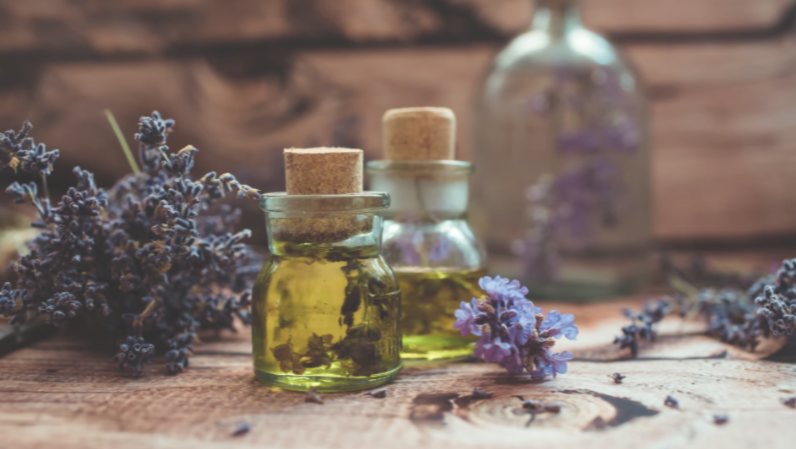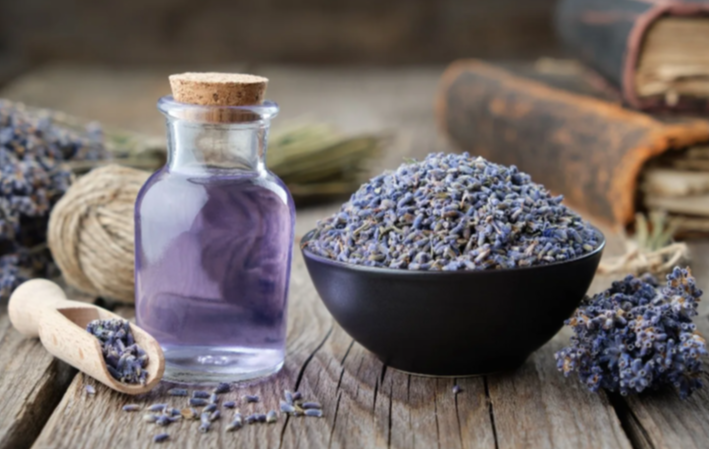Lavender oil has long been celebrated for its aromatic properties and potential benefits in promoting hair growth. This article delves into the process of making lavender oil at home, its benefits for hair health, and insights from dermatologists to provide a comprehensive understanding of its efficacy.
Understanding Lavender Oil

Lavender oil is derived from the lavender plant (Lavandula angustifolia), renowned for its calming scent and therapeutic properties. There are two primary types of lavender oil:
- Lavender Essential Oil: A concentrated extract obtained through steam distillation, capturing the plant's volatile compounds.
- Lavender-Infused Oil: A milder version created by infusing lavender flowers in a carrier oil, suitable for various topical applications.
For hair care purposes, lavender-infused oil is often preferred due to its gentle nature and ease of preparation.
Benefits of Lavender Oil for Hair Growth
Lavender oil offers several potential benefits for hair health if we compare with other potential oils:
- Promotes Hair Growth: Studies have shown that lavender oil can stimulate hair growth, leading to increased hair follicles and deeper follicle depth.
- Antimicrobial Properties: Lavender oil possesses antimicrobial characteristics, helping to prevent bacterial and fungal infections on the scalp.
- Improves Scalp Health: Its anti-inflammatory properties can soothe the scalp, reducing dandruff and dryness.
- Stress Reduction: The calming aroma of lavender oil aids in stress relief, indirectly supporting hair growth by mitigating stress-induced hair loss.
How to Make Lavender-Infused Oil at Home
Creating lavender-infused oil is a straightforward process that requires minimal ingredients and equipment.
Ingredients:
- Dried Lavender Buds: Ensure they are completely dry to prevent mold formation.
- Carrier Oil: Choose from options like olive oil, sweet almond oil, or jojoba oil.
Equipment:
- A clean, dry glass jar with a tight-fitting lid.
- Cheesecloth or a fine-mesh strainer.
Instructions:
- Prepare the Lavender: Fill the jar halfway with dried lavender buds.
- Add the Carrier Oil: Pour the chosen carrier oil over the lavender until the jar is nearly full, ensuring all lavender is submerged.
- Seal and Infuse: Close the jar tightly and place it in a warm, dark area. Allow the mixture to infuse for 4 to 6 weeks, shaking the jar gently every few days.
- Strain the Oil: After the infusion period, strain the oil using cheesecloth or a fine-mesh strainer to remove the lavender buds.
- Store the Oil: Transfer the strained oil into a clean, dark glass bottle and store it in a cool, dark place.
This method ensures a potent lavender-infused oil suitable for hair applications.
Application of Lavender Oil for Hair Growth

To harness the benefits of lavender oil for hair growth, consider the following methods:
Scalp Massage:
- Dilute the Oil: Mix a few drops of lavender-infused oil with a carrier oil if desired.
- Apply to Scalp: Section your hair and apply the oil mixture directly to the scalp.
- Massage: Gently massage the oil into the scalp using circular motions for 5 to 10 minutes.
- Leave In: Allow the oil to sit for at least 30 minutes, or overnight for deeper penetration.
- Rinse: Wash your hair with a mild shampoo to remove the oil.
Hair Mask:
- Combine Ingredients: Mix lavender-infused oil with natural ingredients like honey or yogurt to create a nourishing hair mask.
- Apply: Distribute the mask evenly through damp hair, focusing on the scalp and ends.
- Wait: Leave the mask on for 20 to 30 minutes.
- Rinse: Thoroughly rinse and shampoo your hair.
Regular application, such as once or twice a week, can yield noticeable improvements in hair health.
Insights from Dermatologists
While lavender oil is popular in natural hair care, it's essential to consider expert opinions:
Dr. Sarah Malik, a dermatologist based in the USA, notes, "Lavender oil's antimicrobial and anti-inflammatory properties can contribute to a healthier scalp environment, potentially promoting hair growth. However, more extensive clinical studies are needed to confirm its efficacy."
Similarly, Dr. Ayesha Khan, a dermatologist from Pakistan, advises, "While natural remedies like lavender oil are generally safe, individuals should perform a patch test before full application to rule out allergic reactions. It's also advisable to consult with a dermatologist before incorporating new treatments into your hair care routine."
Precautions and Considerations
- Allergic Reactions: Conduct a patch test by applying a small amount of diluted lavender oil to your inner forearm. Wait 24 hours to check for any adverse reactions.
- Pregnancy and Nursing: Consult a healthcare provider before using lavender oil during pregnancy or while breastfeeding.
- Medical Conditions: Individuals with underlying health conditions should seek medical advice prior to use.
Conclusion
Lavender-infused oil presents a natural and accessible option for those seeking to enhance hair growth and improve scalp health. By understanding its benefits, preparation methods, and application techniques, individuals can integrate this aromatic oil into their hair care routines. However, it's crucial to approach its use with caution, considering individual sensitivities and consulting with healthcare professionals when necessary.
